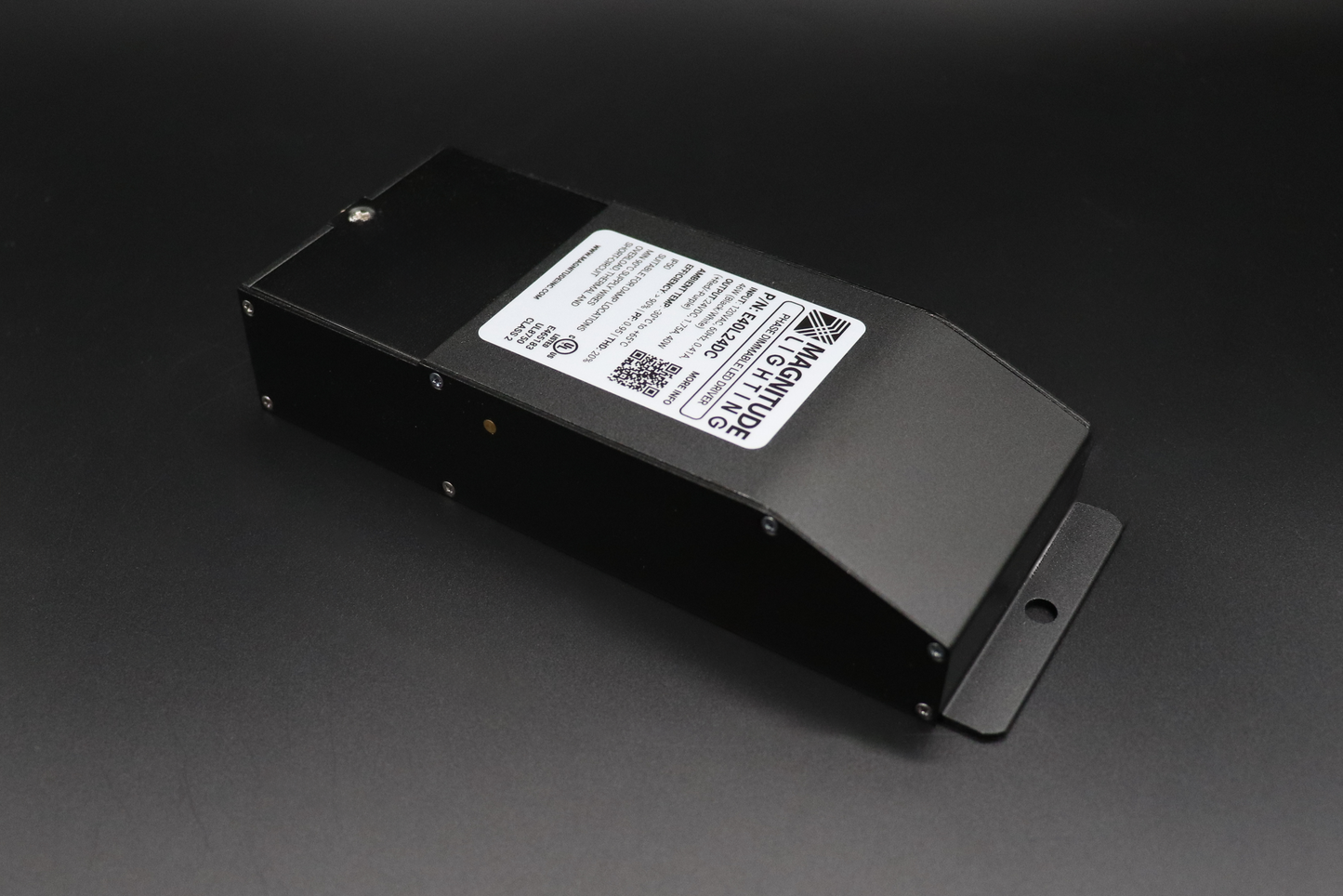
LED lighting has really changed the game when it comes to lighting up our spaces. I mean, who doesn’t love the perks of energy efficiency, long lifespan, and versatility? It's no wonder that both DIY decorators and professionals are choosing LEDs these days! Whether you're just adding a little accent light here and there or thinking about a whole lighting makeover, understanding the basics of LED lighting is super important. It can really make or break your project, right? So, let’s dive in and guide you through what you need to know about picking the right transformer size and LED strip length for your plans.
LED Lighting Basics
What Are LEDs?
Alright, so what exactly are LEDs? Well, LED stands for Light Emitting Diode. They’re pretty cool because, unlike those old-school incandescent bulbs, LEDs use a semiconductor to produce light when electricity flows through it. This tech makes them way more energy-efficient, longer-lasting, and better for the planet.
Now, why should you pick LEDs over other types of bulbs? For starters, they use way less power compared to incandescent or fluorescent lights, which is great news for your electricity bill. Plus, these little guys can last up to 50,000 hours, meaning they can stick around for over 20 times longer than traditional bulbs. And let’s not forget about how versatile they are! You can find LEDs in all sorts of colors, shapes, and sizes, perfect for anything from under-cabinet lighting to outfitting the exterior of a building Oh, and they’re eco-friendly too—no harmful stuff like mercury in them, and a lof of fixtures are recyclable.
Why Choose LEDs?
- Energy Efficiency: LEDs consume significantly less power than incandescent or fluorescent bulbs. This reduction in energy usage leads to lower electricity bills.
- Longevity: With a lifespan of up to 50,000 hours, LEDs can last over 20x longer than traditional bulbs.
- Versatility: Available in various colors, shapes, and sizes, LEDs can be used for everything from under-cabinet lighting to outdoor landscapes.
- Eco-Friendly: LEDs do not contain harmful chemicals like mercury and are 100% recyclable.
Calculating Transformer Size for LED Strips
When you’re getting ready for an LED strip lighting project, one of the first steps is determining the correct transformer size. The transformer, or power supply, converts your home's AC power to the DC power that LEDs require.
Step 1: Determine Total Wattage
Calculate the total wattage of the LED strip lights you plan to use. This is done by multiplying the wattage per foot (or meter) of the strip by the total length you'll need.
For example, if your strip uses 5 watts per foot and you need 20 feet, the calculation is:
Step 2: Add a Safety Margin
To ensure reliability and prevent overload, it's wise to add a safety margin of 20% to your total wattage. This means you will need a transformer that can handle:
Therefore, in this example, you should select a transformer with at least 120 watts capacity.
*Example: a 16.4ft strip is 50 watts x 1.2 = 60 watt driver is needed
Calculating LED Strip Length
Determining the optimal strip length involves understanding both your space requirements and the technical limitations of the LED strips.
Step 1: Measure Your Space
Start by measuring the total length of the area where you plan to install the LED strip lights. Ensure you have precise measurements to avoid any gaps or excess.
Step 2: Consider Voltage Drop
Voltage drop is a reduction in voltage that occurs along the length of an LED strip, particularly in longer installations more than 32 feet. Voltage drop can cause LEDs at the end of the strip to appear dimmer. To minimize voltage drop, keep strip lengths within manufacturer recommendations and consider using thicker wires or parallel connections.
Step 3: Check Power Limitations
Each LED strip has a maximum length that can be powered continuously. Exceeding this length can lead to overheating and reduced lifespan. Consult the manufacturer’s specifications to ensure you’re not exceeding the recommended length.
Understanding the basics of LED lighting and how to calculate transformer size and strip length can ensure a successful lighting project. By considering total wattage, incorporating safety margins, and adhering to manufacturer guidelines, you can illuminate your space efficiently and effectively. Embrace the versatility and efficiency of LED lighting to transform any area into a bright, welcoming environment.
